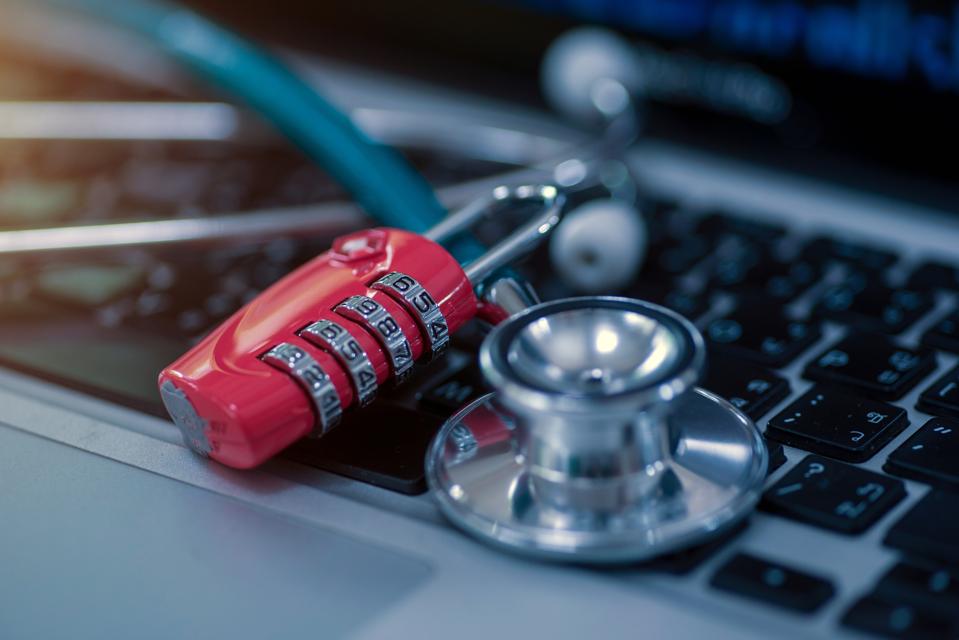Healthcare exists at the intersection of trust and vulnerability. Every medical record, test result, and insurance claim is more than just data on a computer; it represents a person’s identity, medical history, and, in many cases, the road to care. For years, I’ve warned in papers and briefings that the healthcare sector is particularly vulnerable. The most recent figures confirm that warning: healthcare breaches remain among the most common and costly in any business, and the gap between where healthcare security is and where it needs to be is expanding.
In 2024, US healthcare firms reported 588 breaches involving approximately 180 million people, with an average of more than 750,000 records exposed every day. Each of these data identifies a patient who is at danger of identity theft, financial fraud, or delayed care.
Cost of Heathcare Breaches
The financial repercussions are similarly severe. According to IBM’s 2025 Cost of a Data Breach Report, the typical healthcare breach in the United States costs $7.42 million. That is significantly lower than the $9.36 million reported in 2024, but it is still more than 60% more than the worldwide average across industries. For the fifteenth year in a row, healthcare has the highest breach costs of any sector. To make matters worse, healthcare breaches take an average of 279 days to discover and contain, which is more than a month longer than the global average. Long breach lifecycles lead to additional data theft, fraudulent activity, and interruption to clinical operations.
Recent headlines highlight the consequences in striking perspective. The 2024 ransomware assault on Change Healthcare, one of the major claims processors in the United States, impacted 190 million Americans. The outage impacted hospitals, clinics, pharmacies, and insurers, bringing claims processing to a standstill, halting payments, and delaying prescription verification. In the United Kingdom, the Synnovis ransomware outbreak cost more than £32 million in recovery attempts, exposed hundreds of terabytes of patient data, and prompted London hospitals to postpone essential diagnostics. Both examples show how a single breach may disrupt the whole healthcare industry.
Threat actors’ techniques are also developing in ways that have a particularly negative impact on healthcare. According to Verizon’s Data Breach Investigations Report, insiders are responsible for approximately 70% of healthcare breaches, whether due to error, ignorance, or malicious intent. Meanwhile, external attackers are increasingly exploiting unpatched vulnerabilities, launching ransomware operations, and using incredibly convincing phishing tactics. Exploited vulnerabilities as an initial attack vector increased over 180 percent year on year, highlighting the hazards presented by older systems and understaffed IT personnel.
Impact of Emerging Technologies
At the same time, new technologies are transforming both attack and defense. Generative AI has accelerated phishing and social engineering, while automated reconnaissance tools enable attackers to scan thousands of healthcare networks for flaws in minutes. According to IBM, breaches using AI-driven assaults now cost millions more than traditional events, while illegal “shadow AI” applications within enterprises add an average cost of $670,000. However, AI may provide defenders with significant capabilities for speedier detection and response—if used ethically and managed properly.
Governance and Risk Management
Regulators have paid close attention to the increasing danger environment. The Department of Health and Human Services has made it plain that compliance checklists are no longer enough. HIPAA is the industry standard, but regulators increasingly demand firms to show enterprise-wide risk management, ongoing vendor oversight, and well-tested incident response plans. In fact, this implies that cybersecurity is no longer just an IT issue; it is also a matter of organizational governance and, more crucially, patient safety.
What does urgency look like? It starts with portraying cybersecurity as critical to clinical safety. Healthcare firms should engage in ongoing risk management rather than one-time compliance examinations. They must create robust architectures that can isolate and segment essential systems, implement automated detection and response technologies, and conduct frequent exercises with clinical leadership. Cyber hygiene, which includes patching, multi-factor authentication, encrypted backups, and verified recovery plans, must be operational.
Investment in the workforce is just as crucial. Security operations teams must be able to monitor data, consult with physicians, and respond quickly when seconds count. According to IBM data, firms with fewer staffing gaps pay millions less each breach than those that are understaffed. In a sector with restricted funds, the cost of underinvesting in people is obvious.
The Importance of Resilience
Finally, resilience requires a communal effort. These hazards cannot be eliminated alone by a hospital, insurance, or vendor. To bolster its defenses, the healthcare industry need comprehensive information-sharing programs, coordinated contingency planning, and public-private collaboration. Patients must be involved in the equation by communicating openly following breaches, providing identity protection help, and promoting digital literacy.
The data are undeniable. Healthcare is the most targeted and expensive business for data breaches. The typical breach lasts nine months, costs more than $7 million, and has the potential to disrupt treatment nationwide. The question isn’t whether these figures will improve on their own; they won’t. The problem is whether healthcare executives will grasp that cybersecurity is now inextricably linked to patient care and respond with the haste that reality requires.
The time for gradual transformation has passed. The health of patients—physical, financial, and psychological—is dependent on how swiftly and efficiently the industry responds to the danger of increasingly sophisticated cyber threats.

